US Logistics Hubs, Observatories and Stations

Circumarctic view with a topographic basemap.

Circumarctic view with a topographic basemap.
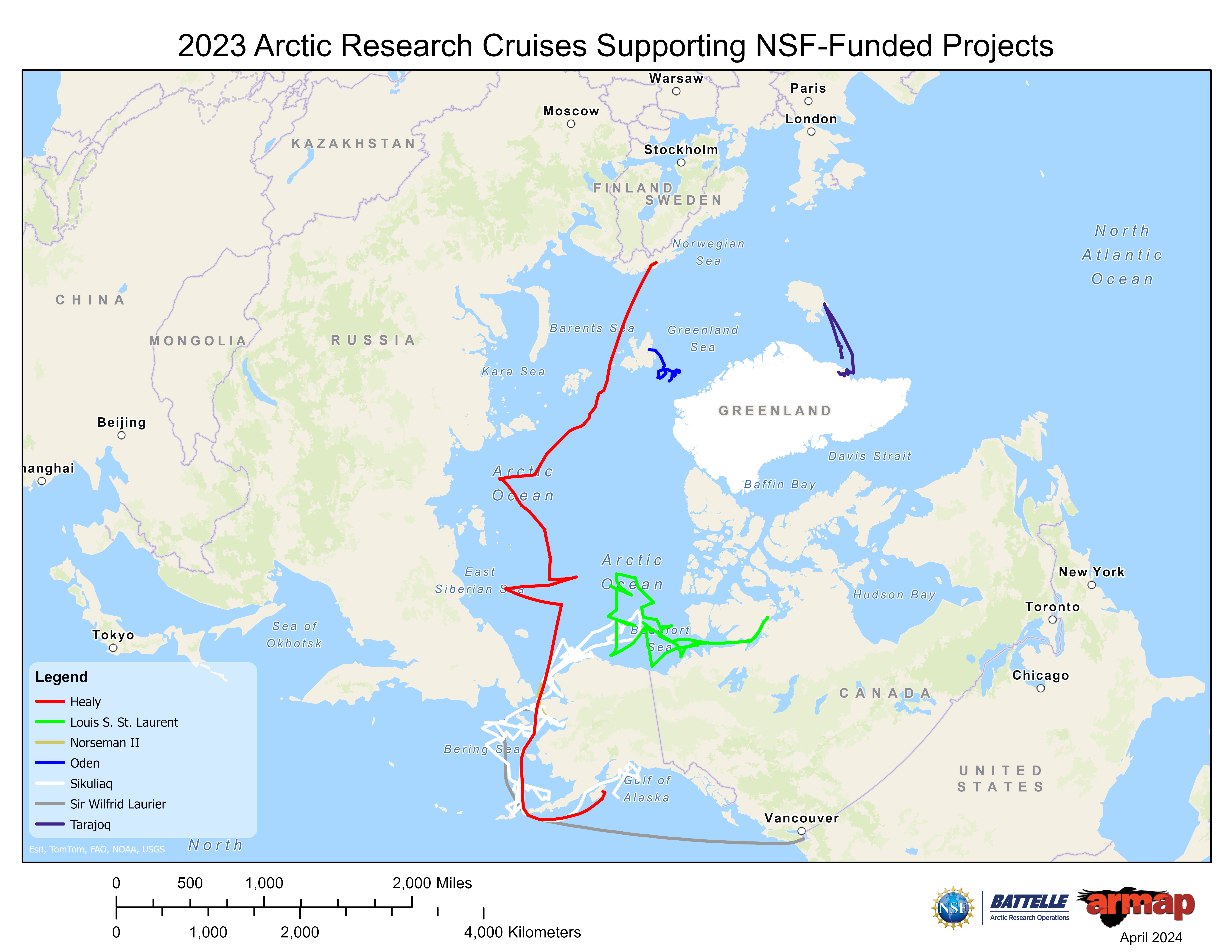
Circumarctic view of Research Cruises.
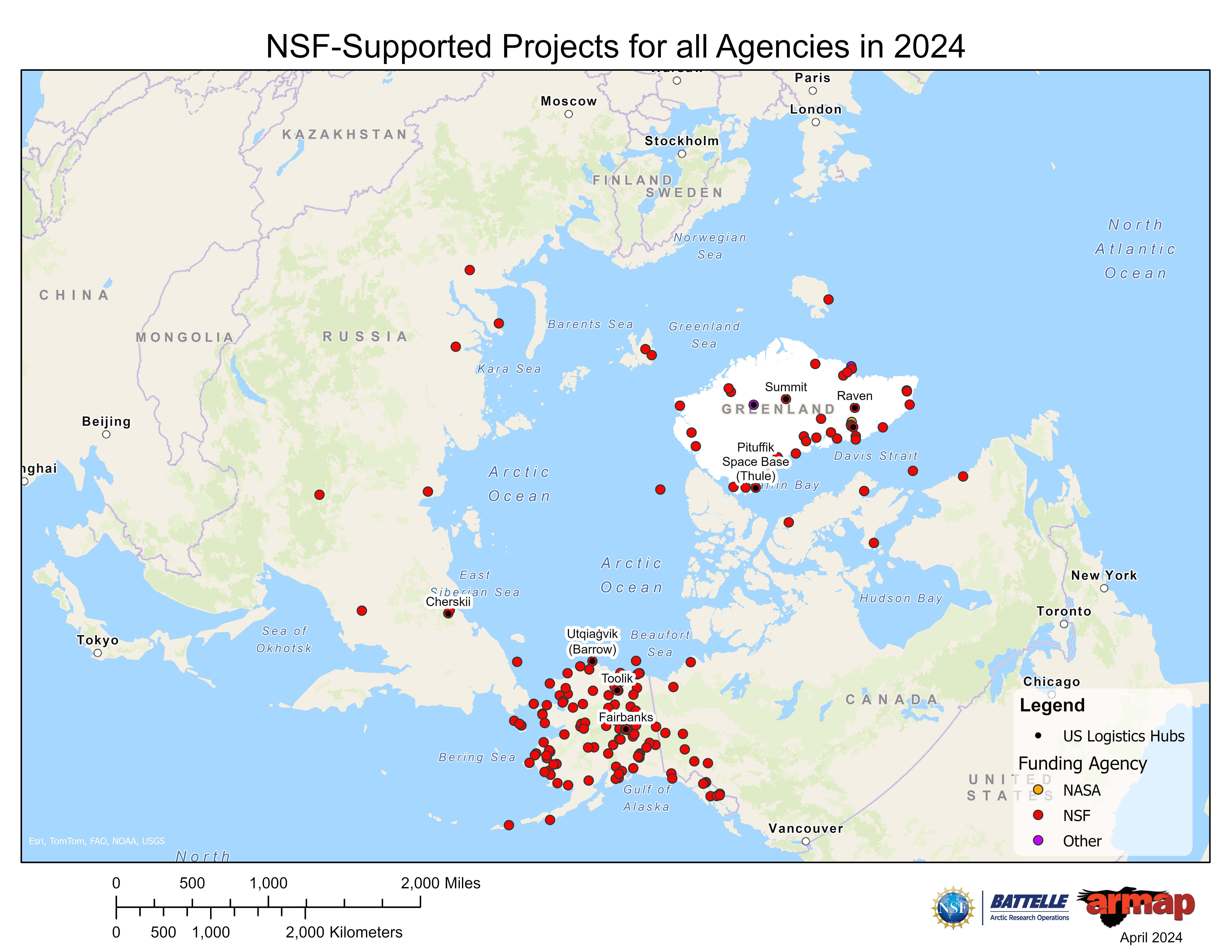
Field-based Research Projects in a circumarctic view with placenames.
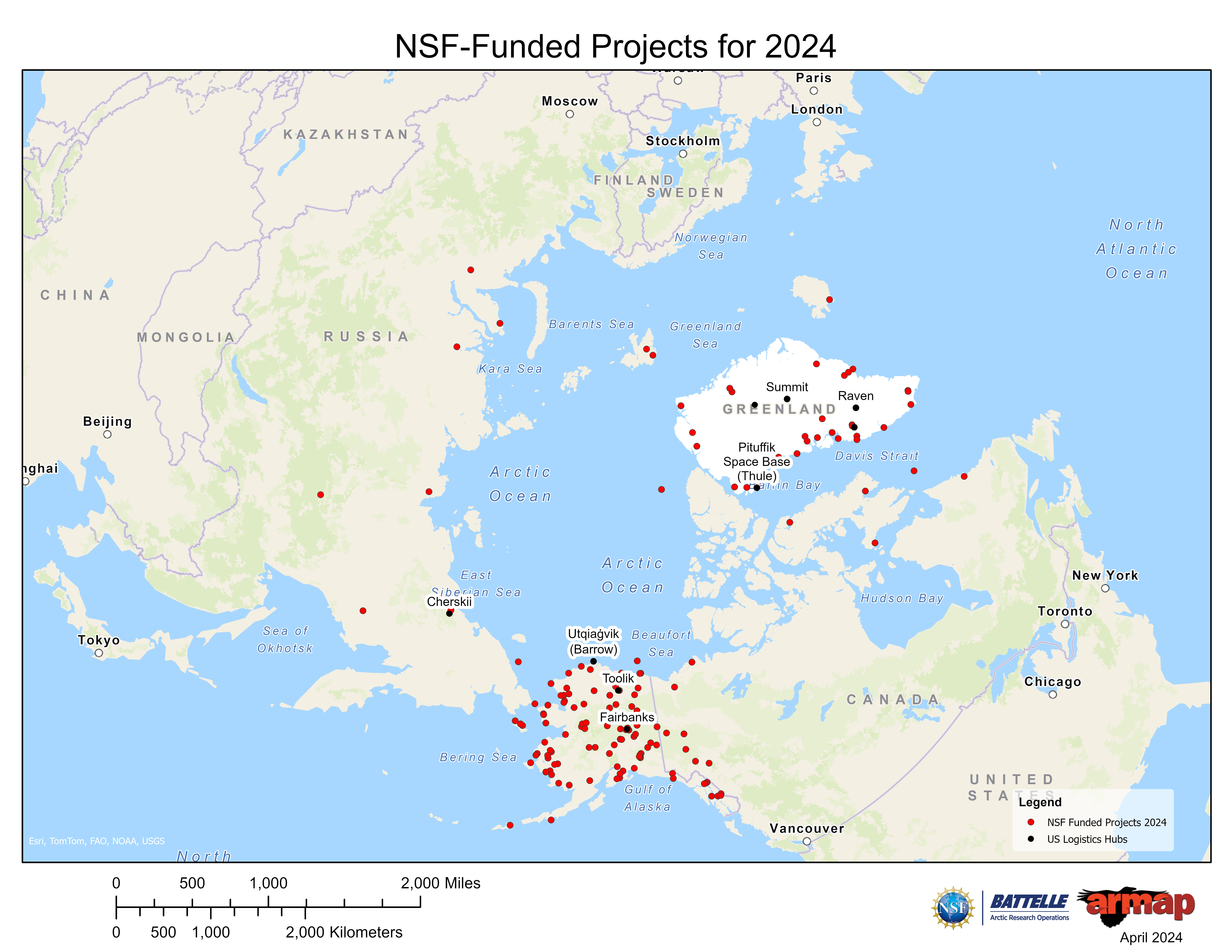
Field-based Research Projects in a circumarctic view with placenames.

Field-based Research Projects in a circumarctic view with placenames.
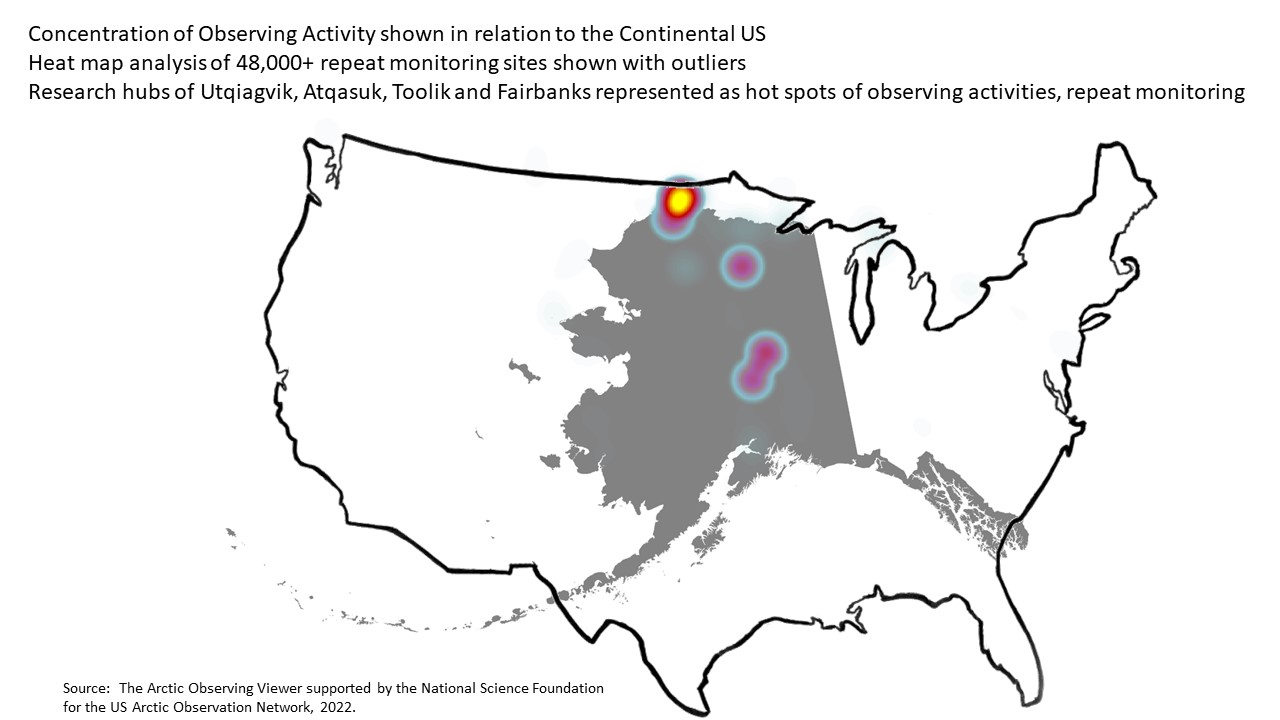
Alaska shown in relations to the Continental US
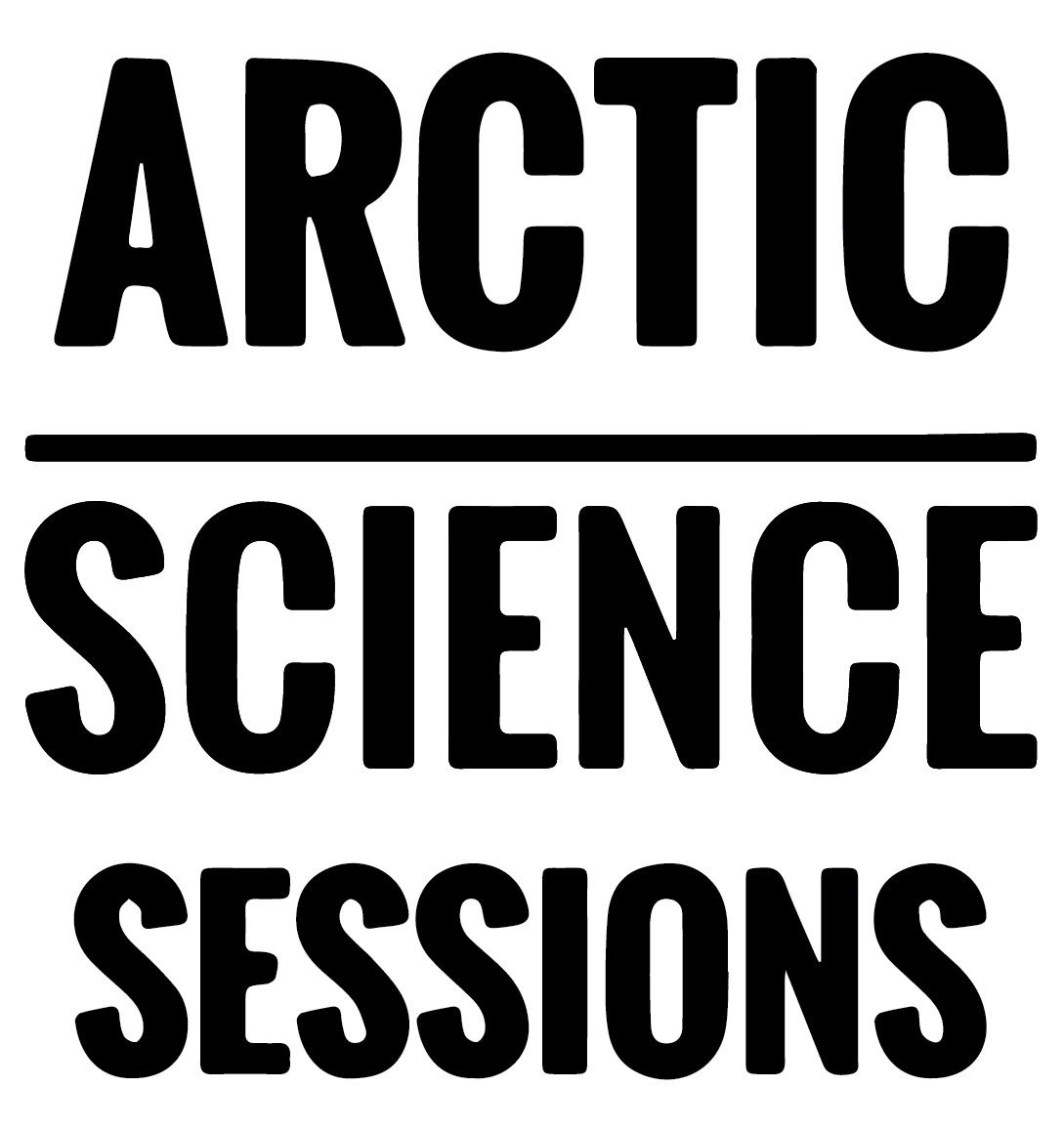

Jana Peirce - University of Alaska Fairbanks
Molly Rettig - NREL’s Cold Climate Research Center
Robbin Garber-Slaght - Cold Climate Research Center
Billy Connor - University of Alaska Fairbanks
Yuri Shur - University of Alaska Fairbanks
The Walker team will study the Ice-Rich Permafrost (IRP) of the Prudhoe Bay oilfields and the village of Point Lay, where permafrost temperatures are changing rapidly with large impacts to ecosystems and infrastructure. Come learn about their observations, why they’ve chosen Pt. Lay for research, and how Ice-Rich permafrost systems affects foundations for the residents in Pt. Lay.

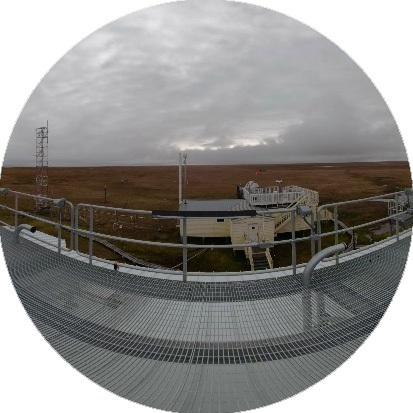
Lynn Russell - UC San Diego Scripps Institute of Oceanography
Robert Leitch - NOAA
Patrick Sheridan - NOAA
Dr. Lynn Russell and the team at NOAA monitor aerosols in the Arctic’s atmosphere. The Arctic has some of the cleanest air in the U.S. so any trace amounts of Dimenthyl Sulfate (DMS) and other chemical compounds can easily be monitored. The residents of the Arctic heavily rely on healthy ice conditions and a cooler climate to sustain the subsistence lifestyle that they have lived for generations. Tune into this podcast and learn why monitoring these aerosols is so important.

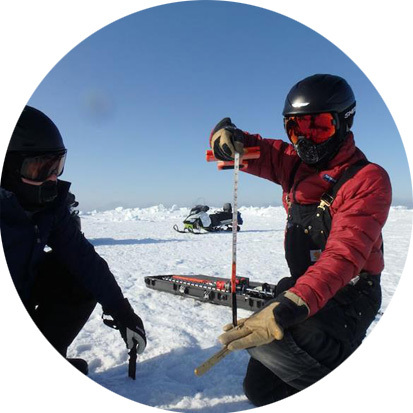
Ignatius Rigor - University of Washington
Sarah Johnson - Polar TREC
Ignatius Rigor works with many people all around the world as he studies sea ice using buoys and satellite data, flying C-130’s out of Kodiak, AK, and helicopters out of Utqiagvik, AK. Sarah Johnson and Ignatius provide descriptions of their bouys and the importance of the bouy data for climate research. In this episode, we also learn about the arctic sea ice conditions and their experience working and connecting to the Utqiagvik community in the Arctic.

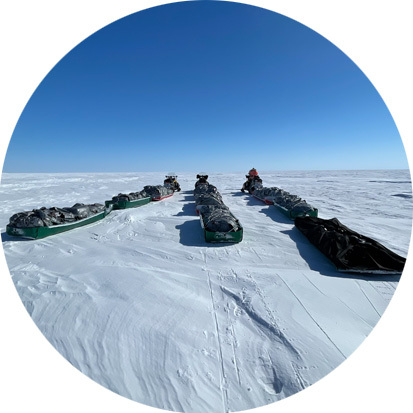
Benjamin Jones - University of AK Fairbanks
Mikhail Kanevskiy - University of AK Fairbanks
Alexandra Veremeeva - Arctic Fulbright Scholar
Noriaki O’hara - University of Wyoming
Andrew Parsekian - University of Wyoming
Rodrigo Rangel - University of Wyoming
Benjamin Jones and his team are trying to understand how the North Slope landscape has changed over the last 10,000 years. In this episode, we learn about the science and how Ben’s team is trying to assess how lakes on the landscape have developed and evolved, the tendencies towered them catastrophically draining, and the impacts towards a whole host of things that encompass the terrestrial/fresh water components of the entire Arctic System.